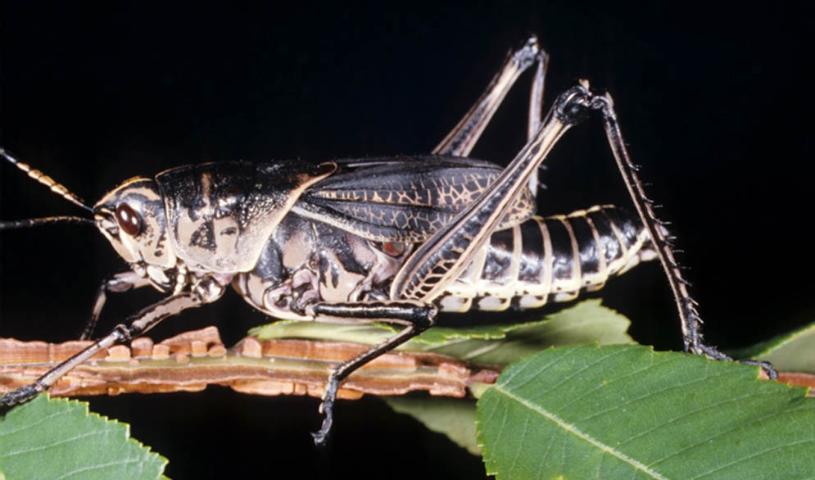by Les Harrison | May 18, 2012
Recent rains have been spotty, hitting some farms and missing others. However peanut and cotton growers are quickly taking advantage of available moisture for soil preparation and planting those areas of the county with adequate moisture. Improving pasture quality and...
by Jennifer Bearden | May 11, 2012
Identification of pests affecting crops is the first part of designing an Integrated Pest Management (IPM) program. Scouting is an important part of any IPM program. Once you identify problem pests, management decisions can be made such as changing cultural...
by Les Harrison | May 11, 2012
Wednesday’s rain in Washington County provided much relief to extreme dry conditions. Some field work began Friday, May 11, 2012 planting cotton and peanuts. Pastures and hay fields are responding to the rain as well. Squash harvest is currently underway and...
by Les Harrison | May 7, 2012
Soil conditions continue to be very dry and field work has stopped until some rain arrives in sufficient quantities. Spring ryegrass hay is being fed now instead of the winter ahead. Oat harvest has started in some parts of the county. However, the oat harvest peak is...

by Matthew Orwat | May 7, 2012
Older NymphThe Eastern Lubber Grasshopper, also known colloquially as the “Georgia Thumper”, can be highly destructive to a variety of vegetable crops. This May many growers and vegetable gardeners have reported unusually high numbers of nymphs, the juvenile form of...
by Mindy Hittle | May 4, 2012
Thrips are already a problem with the vegetable acreage and the cotton crop in Walton County. Even with seed inoculated before planting or in-furrow insecticide applications, plants are still at risk. The preventative treatments are taken up by the plant as it...

